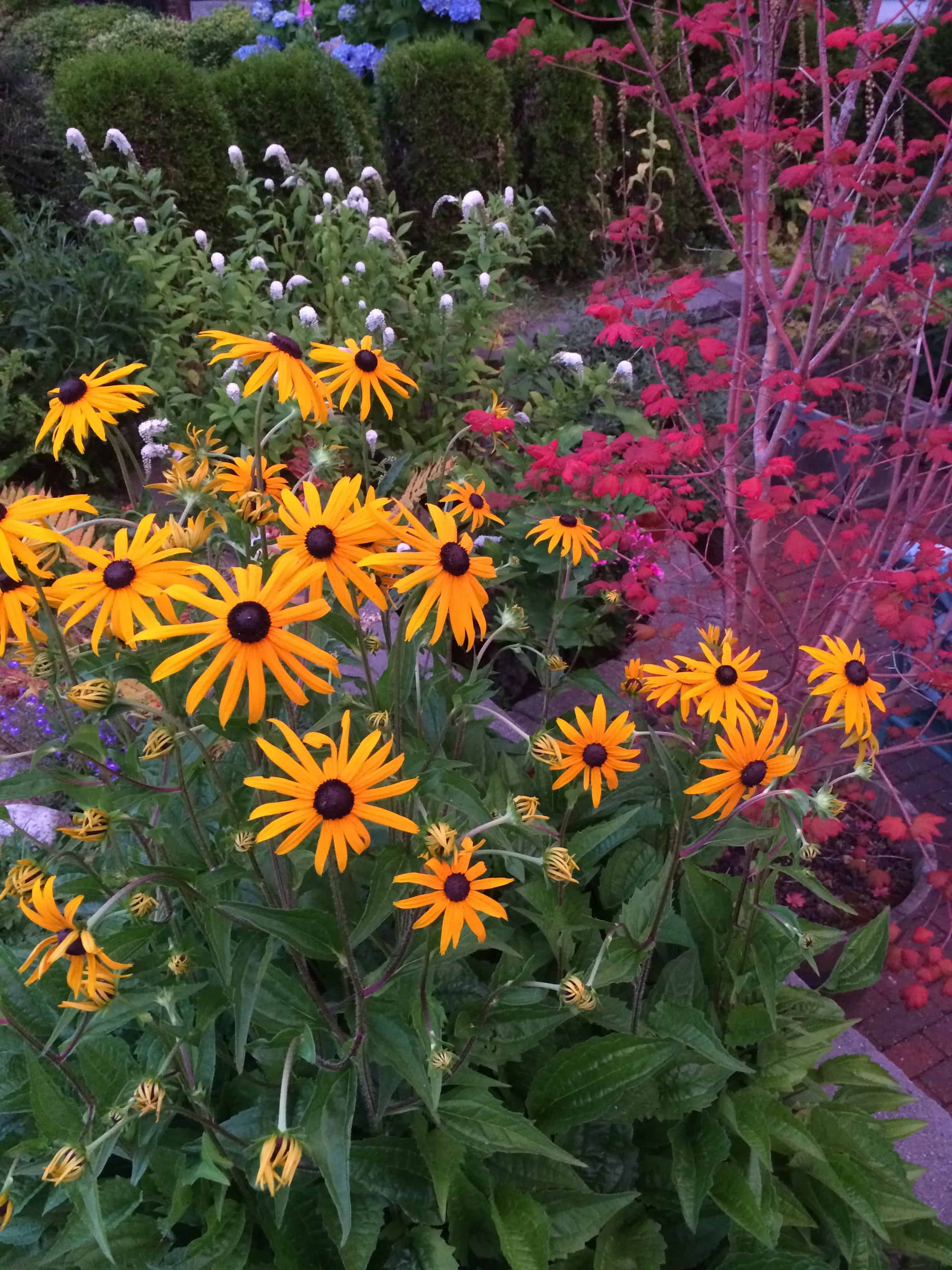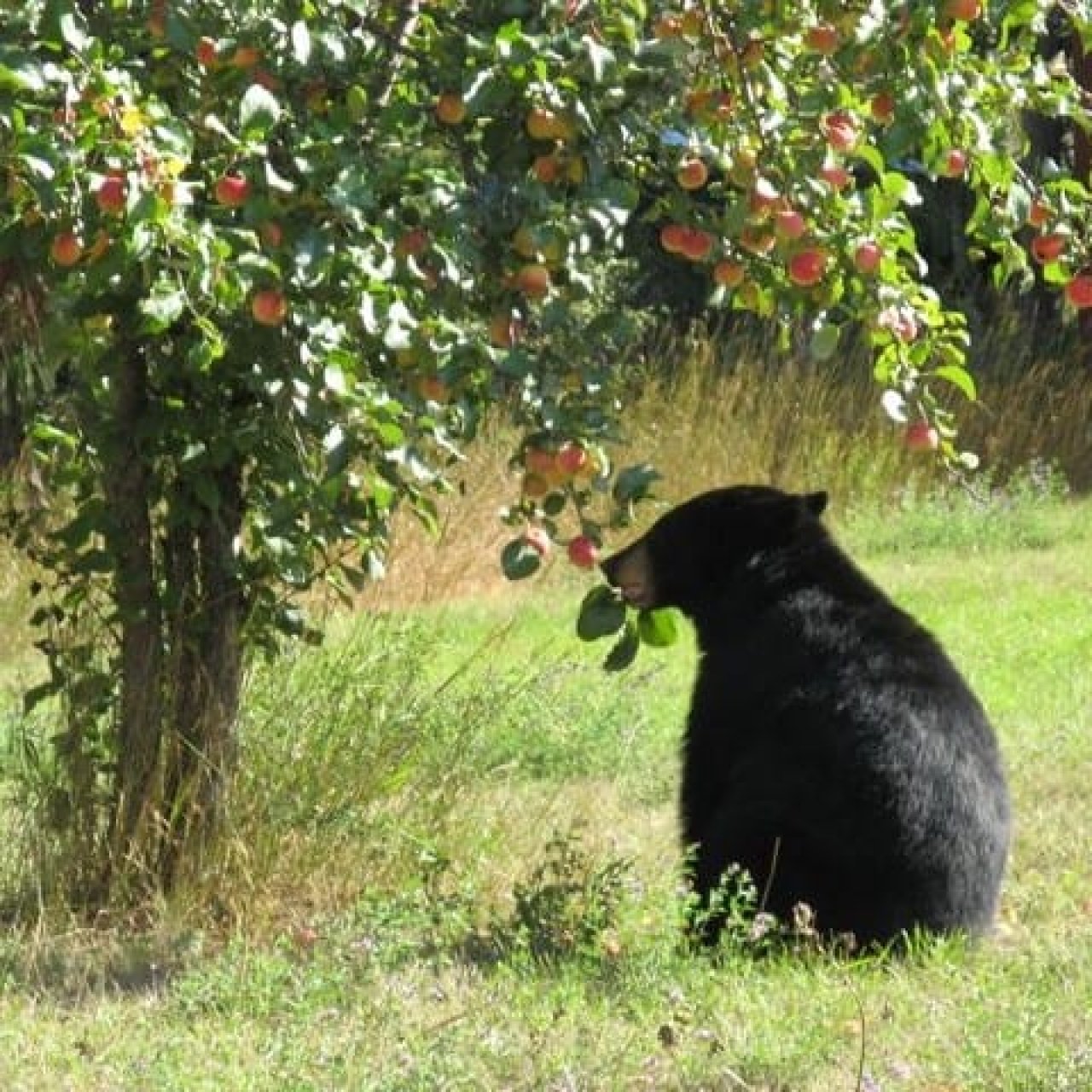Divide your perennials to keep them perky
June 10, 2015
Spring is well upon us, so it's time to tune into the local experts for some garden tips. Here is some advice on keeping your perennials looking perfect, from Matt and Rob Boyd of Endless Summer landscapers.Many perennial plants grow in an ever-widening clump. After several seasons of growing, these perennials will begin to die out in the center and look more like a ring than a clump. To keep the them vigorous and blooming, a technique known as 'division' is performed. Dividing perennial plants gives you healthier, longer-lived plants and the bonus of more plants (they make great gifts for gardening friends!)When to divide perennials depends on the type of plant and how quickly it's growing. You don't have to wait until your perennial plants begin looking like doughnuts. In fact, it's better if you don't. Keep an eye out for clumps
that have grown two to three times their size within two to five years. Any over-grown clump, or any clump that has simply exceeded the space allotted, is a candidate for division.Spring is usually the best time for division, since the plants are actively
growing their leaves but are not so developed that the root system can't take a
little disturbance and still feed the top of the plant. However, just as
different plants can go different lengths of time before being divided, some
plants, like peonies, prefer to be divided in the early fall.It's true that dividing perennials is good for them in the long run. However
it is still a shock to their system and giving them a good soaking,
preferably the day before you intend to divide, will help your success.Disturbing the root system of any plant interrupts its ability to feed and
hydrate itself. Insuring that the roots are well saturated before disturbing
them reduces the trauma.If you find you must divide a plant with a great deal of top growth, cutting
back the leaves by about 1/3 will lessen the amount of work the roots will
need to do to maintain the foliage.- Matt & Rob Boyd
To keep the them vigorous and blooming, a technique known as 'division' is performed. Dividing perennial plants gives you healthier, longer-lived plants and the bonus of more plants (they make great gifts for gardening friends!)When to divide perennials depends on the type of plant and how quickly it's growing. You don't have to wait until your perennial plants begin looking like doughnuts. In fact, it's better if you don't. Keep an eye out for clumps
that have grown two to three times their size within two to five years. Any over-grown clump, or any clump that has simply exceeded the space allotted, is a candidate for division.Spring is usually the best time for division, since the plants are actively
growing their leaves but are not so developed that the root system can't take a
little disturbance and still feed the top of the plant. However, just as
different plants can go different lengths of time before being divided, some
plants, like peonies, prefer to be divided in the early fall.It's true that dividing perennials is good for them in the long run. However
it is still a shock to their system and giving them a good soaking,
preferably the day before you intend to divide, will help your success.Disturbing the root system of any plant interrupts its ability to feed and
hydrate itself. Insuring that the roots are well saturated before disturbing
them reduces the trauma.If you find you must divide a plant with a great deal of top growth, cutting
back the leaves by about 1/3 will lessen the amount of work the roots will
need to do to maintain the foliage.- Matt & Rob Boyd
 To keep the them vigorous and blooming, a technique known as 'division' is performed. Dividing perennial plants gives you healthier, longer-lived plants and the bonus of more plants (they make great gifts for gardening friends!)When to divide perennials depends on the type of plant and how quickly it's growing. You don't have to wait until your perennial plants begin looking like doughnuts. In fact, it's better if you don't. Keep an eye out for clumps
that have grown two to three times their size within two to five years. Any over-grown clump, or any clump that has simply exceeded the space allotted, is a candidate for division.Spring is usually the best time for division, since the plants are actively
growing their leaves but are not so developed that the root system can't take a
little disturbance and still feed the top of the plant. However, just as
different plants can go different lengths of time before being divided, some
plants, like peonies, prefer to be divided in the early fall.It's true that dividing perennials is good for them in the long run. However
it is still a shock to their system and giving them a good soaking,
preferably the day before you intend to divide, will help your success.Disturbing the root system of any plant interrupts its ability to feed and
hydrate itself. Insuring that the roots are well saturated before disturbing
them reduces the trauma.If you find you must divide a plant with a great deal of top growth, cutting
back the leaves by about 1/3 will lessen the amount of work the roots will
need to do to maintain the foliage.- Matt & Rob Boyd
To keep the them vigorous and blooming, a technique known as 'division' is performed. Dividing perennial plants gives you healthier, longer-lived plants and the bonus of more plants (they make great gifts for gardening friends!)When to divide perennials depends on the type of plant and how quickly it's growing. You don't have to wait until your perennial plants begin looking like doughnuts. In fact, it's better if you don't. Keep an eye out for clumps
that have grown two to three times their size within two to five years. Any over-grown clump, or any clump that has simply exceeded the space allotted, is a candidate for division.Spring is usually the best time for division, since the plants are actively
growing their leaves but are not so developed that the root system can't take a
little disturbance and still feed the top of the plant. However, just as
different plants can go different lengths of time before being divided, some
plants, like peonies, prefer to be divided in the early fall.It's true that dividing perennials is good for them in the long run. However
it is still a shock to their system and giving them a good soaking,
preferably the day before you intend to divide, will help your success.Disturbing the root system of any plant interrupts its ability to feed and
hydrate itself. Insuring that the roots are well saturated before disturbing
them reduces the trauma.If you find you must divide a plant with a great deal of top growth, cutting
back the leaves by about 1/3 will lessen the amount of work the roots will
need to do to maintain the foliage.- Matt & Rob Boyd
Looking for more?
Related News
Community Calendar
-
Dec 126:30 PM - 8:30 PMRoyal Canadian Legion Branch 114, 1630 Lynn Valley Rd, North Vancouver, BC V7J 2B4, Canada
-
Dec 12
Canapes & Cocktails
7:00 PM - 9:00 PMThe Mollie Nye House 940 Lynn Valley Rd, North Vancouver BC V7J 1Z7, Canada -
Dec 13
Holiday Ukulele Sing-along
12:00 PM - 12:30 PMLynn Valley Library 1277 Lynn Valley Rd, North Vancouver BC V7J 0A2, Canada -
Dec 13
What's A.I.?
1:00 PM - 2:00 PMLynn Valley Library 1277 Lynn Valley Rd, North Vancouver BC V7J 0A2, Canada






